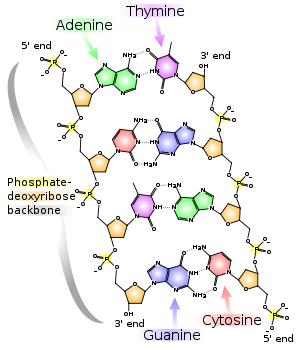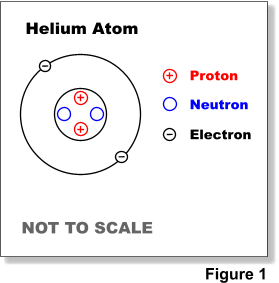The 3 main parts of a DNA molecule are:

1. The Sugar: Ribose
 2. A Phosphate group: (what do you think the X stands for?)
2. A Phosphate group: (what do you think the X stands for?)3. A Nitrogenous Base (Adenine, Guanine, Cytosine, Thymine and Uracil - this is a special one that is in RNA only)
As we begin to build a DNA molecule, how are the nucleotides connected to each other to build the rung of the ladder?
Hydrogen Bonds! What are the numbers of the Carbons in the ribose sugar? What Carbon is the "1st" Phosphate group connected to? The 5' (five prime) Carbon. The phosphate of the next nucleotide is connected by the 3' Carbon. This is way when we discuss DNA we say it goes in the 5' to 3' direction. How are the nucleotides bonded to each other (i.e. the sides of the ladder)? Covalent bonds.
Why would you want the middle to be Hydrogen, and therefore weaker, but the sides be Covalent bonds (stronger)?
Finally, your homework for Monday is to continue with the handout on DNA structure and replication. If you finish that one you should then begin the 2nd DNA handout (it has the website from BioTeach on the top).










